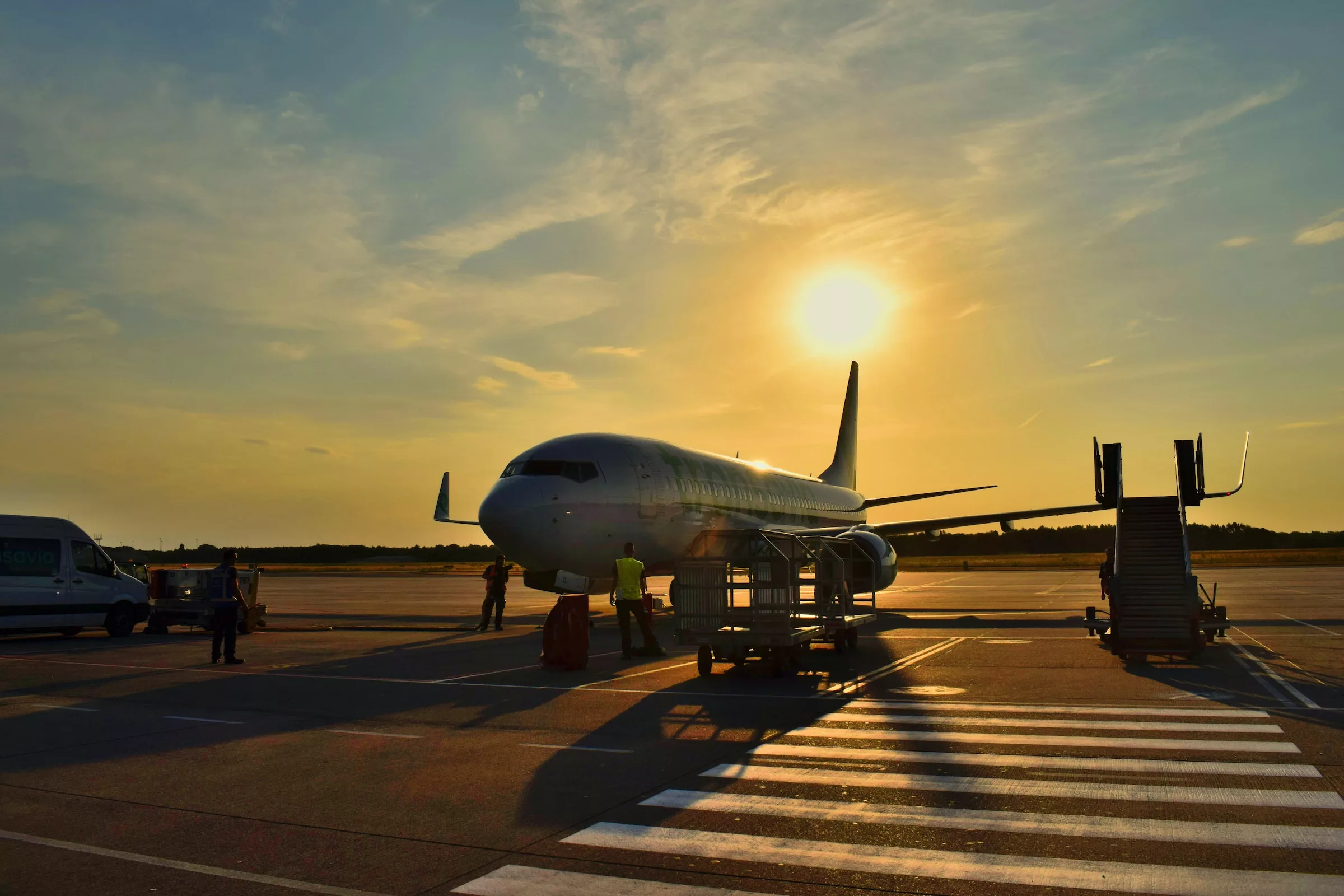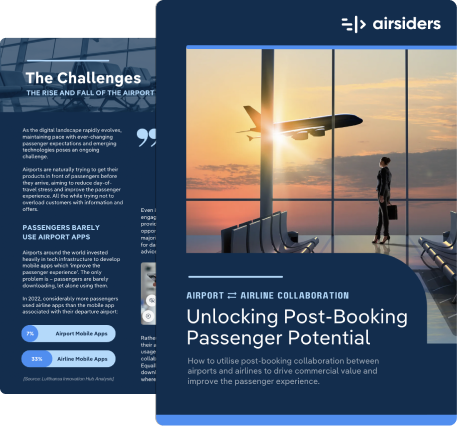Virtual Interlining: New Route Options for Regional Airports in Europe
Introduction: The Power and Potential of Regional Airports
Regional airports, often overshadowed by their larger counterparts, serve as vital connections for many Europeans. These hubs are essential for residents in peripheral areas, fostering economic growth and providing pivotal links for businesses and families alike.
However, they're not without challenges. The growth of these airports has been stymied, largely due to the operational limitations posed by carrier restrictions. This is where the power of virtual interlining enters the fray.
The State of European Regional Airports
While regional airports cater primarily to low-cost or regional carriers operating seasonal routes to leisure destinations. When it comes to low cost carriers, their main limitation is the absence of interline agreements. This absence can sometimes create a ripple effect across other airline operations at regional airports and compounds the need for virtual interlining.
Limited Direct Connectivity
For destinations not served by these airports, passengers must often resort to ground transportation to larger hub airports, resulting in longer, more convoluted travel itineraries.
Inconvenient Scheduling: The infrequency of some routes means travelers often cannot find roundtrip options on their preferred dates, pushing them towards larger hubs.
These challenges invariably affect profitability and the broader growth trajectory for regional airports.
Decoding Virtual Interlining
Once an obscure industry term, virtual interlining is now gaining traction. Here's a simple breakdown:
What is it? OTAs, over the past decade, have popularized the concept of combining flights from carriers without interline agreements, offering passengers cohesive transfer or roundtrip itineraries.
The Benefit? This strategy can significantly enhance the connectivity of regional airports, offering passengers increased flexibility " with one -stop to reach the world" from your home airport, in turn, augmenting airport growth.

Strategizing Virtual Interlining: The Extended 4Ps Approach
1. Product
We delve deeper into the benefits and list a few ways how airports can optimize their approach to virtual interlining:
Roundtrips: Beyond offering additional services like fast-track or lounge access, regional airports can consider partnerships with nearby hotels or tourist attractions, creating bundled deals that enhance traveler experience.
Mix & Match: Existing carriers can adopt an mix and match approach to their routes via single leg virtual interlining for example.
Transfers: Beyond the through-check of luggage between non-interlined carriers, consider initiatives like dedicated transfer desks or express security checks for passengers with tight connections.
2. Price
Exploring pricing dynamics:
Carriers: Establish a tiered incentive system where carriers that achieve certain virtual interlining booking thresholds receive progressively higher discounts on aviation fees.
Passengers: Create a loyalty program offering discounts or rewards for passengers who frequently book virtual interlining flights via specific OTAs.
3. Place
Broaden the distribution channels:
Local Travel Agencies: Organize workshops and training programs, ensuring travel agents are well-versed in the benefits and processes of virtual interlining.
Airport Websites: Integrate interactive tools and widgets that educate travelers on the benefits of virtual interlining, enhancing their booking experience.
Airline Websites: Explore collaborations where airlines' marketing materials highlight the benefits of virtual interlining, leading to informed decisions by passengers.
4. Promotion
Direct Marketing: Use targeted email campaigns, leveraging analytics to tailor promotions to frequent travelers or those previously interested in destinations not directly served by the regional airport.
Reinforce promotion strategies:
Local Influencers: Identify and partner with micro-influencers who have a niche, engaged audience that matches the airport's target demographic.
Traditional Methods: Organize community engagement events or roadshows, creating a direct dialogue with potential travelers.
The Bigger Picture: Virtual Interlining's Long-term Impact
Virtual interlining doesn't merely present an immediate solution; it promises a transformative impact on the regional aviation landscape in Europe. As regional airports embrace this, they:
Enhance Passenger Experience: Seamless connections, reduced travel times, and added services mean happier travelers.
Boost Profitability: More bookings directly translate to higher revenues.
Promote Sustainability: By reducing the need for ground transportation to larger hubs, virtual interlining can contribute to decreased carbon emissions.
We can help
Embracing innovation is not a luxury but a necessity for regional airports in Europe. With virtual interlining, these airports have a golden opportunity to redefine their operational landscape, promising growth, enhanced passenger experiences, and a brighter future.
Airsiders can help your regional airport take the first steps towards interlining. Get in contact with us to see what is possible.
Back to all articles
